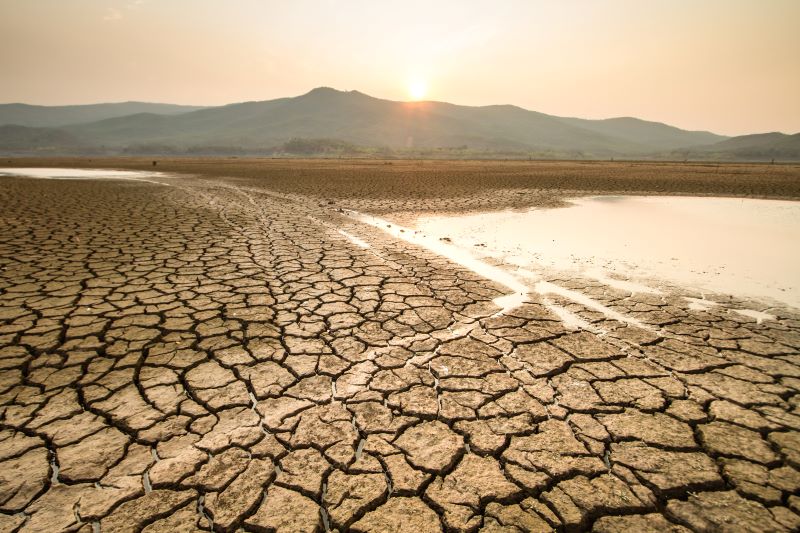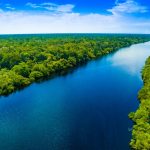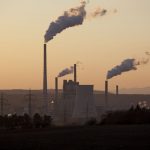How Does Climate Change Cause Droughts?
- Categories:
- Climate Change
- Food
- Poverty

What is a drought?
A drought is a prolonged period of time where a particular area or region experiences abnormally low rainfall. In turn, this will typically lead to a general shortage of water, as well as reduced soil moisture, dried out water sources and crop damage.
A drought has a slow build up of effects when compared to other more sudden weather events, such as flooding or hurricanes. However, this does not make it any less devastating. A drought can last for weeks, months or even years and the longer it goes on for, the more harm it can cause for people and wildlife in that area.
How does climate change cause droughts?
We know that climate change does lead to more extreme weather, but how exactly does it cause droughts? Below are some of the effects that global heating can have on the environment which leads to an increase in droughts.
- Climate change is leading to regional declines in rainfall due to changing weather conditions.
- Warmer temperatures can enhance evaporation from soil, making periods with low precipitation even drier than they would be in cooler conditions.
- Climate change causes a positive feedback loop in relation to water and precipitation because dry soils and diminished plant cover can further suppress rainfall in dry areas. This can prolong droughts or make them recur more frequently.
- Climate change can also affect atmospheric rivers, which are regions in the atmosphere that transport water vapor. When these are altered, it can disrupt precipitation patterns and consequently lead to drought.
- Snow is melting earlier and evaporation is increasing, which can reduce water availability.
Scientists believe that certain regions will be particularly affected, including the Mediterranean regions of Europe and Africa, Central America, southwest US and the subtropics of the southern hemisphere.
Where rainfall does occur, it is thought that these will likely be in shorter and more intense bursts, so periods of dry weather will be interspersed with storms and heavy rainfall.
What are the effects of a drought?
One of the most immediate and devastating impacts of a drought is the lack of access to clean drinking water. When this continues for a prolonged period of time, it can cause really serious problems for those living in the area.
As well as clean drinking water, drought can also have serious effects on the availability of food. This is because crops can quickly die without being watered regularly, either through precipitation or irrigation (a process that is only possible when there is access to a nearby source of water).
With droughts on the increase, it is likely that more people will begin to migrate in search of water sources as they can no longer survive in areas without access to water – something that Alexandra Cousrwau from National Geographic terms “water refugees”.
Drought conditions can also lead to an increase in wildfires because of how dry the forests and other plants become without rainfall. Furthermore, any transport that relies on rivers will likely be affected which could impact global supply chains.
How can we mitigate the effects of drought?
The priority for governments in areas likely to be affected by drought include identifying areas of vulnerability and improving defence against threats. It will be vital to improve water conservation strategies, enhance water efficiency, identify alternative water sources, encourage the planting of drought-resistant crops and have a specific action plan in place for drought-related emergencies.
Of course, the main priority across the globe is still to cut carbon emissions drastically and the main way to do this will be to stop burning fossil fuels imminently.
Charities such as WaterAid, Oxfam and UNICEF also provide support to those affected by disasters such as drought, which are on the increase as a result of climate change. You can help us support these fantastic charities by using SearchScene as your main browser, as we donate 95% of our profits.










